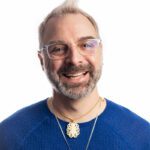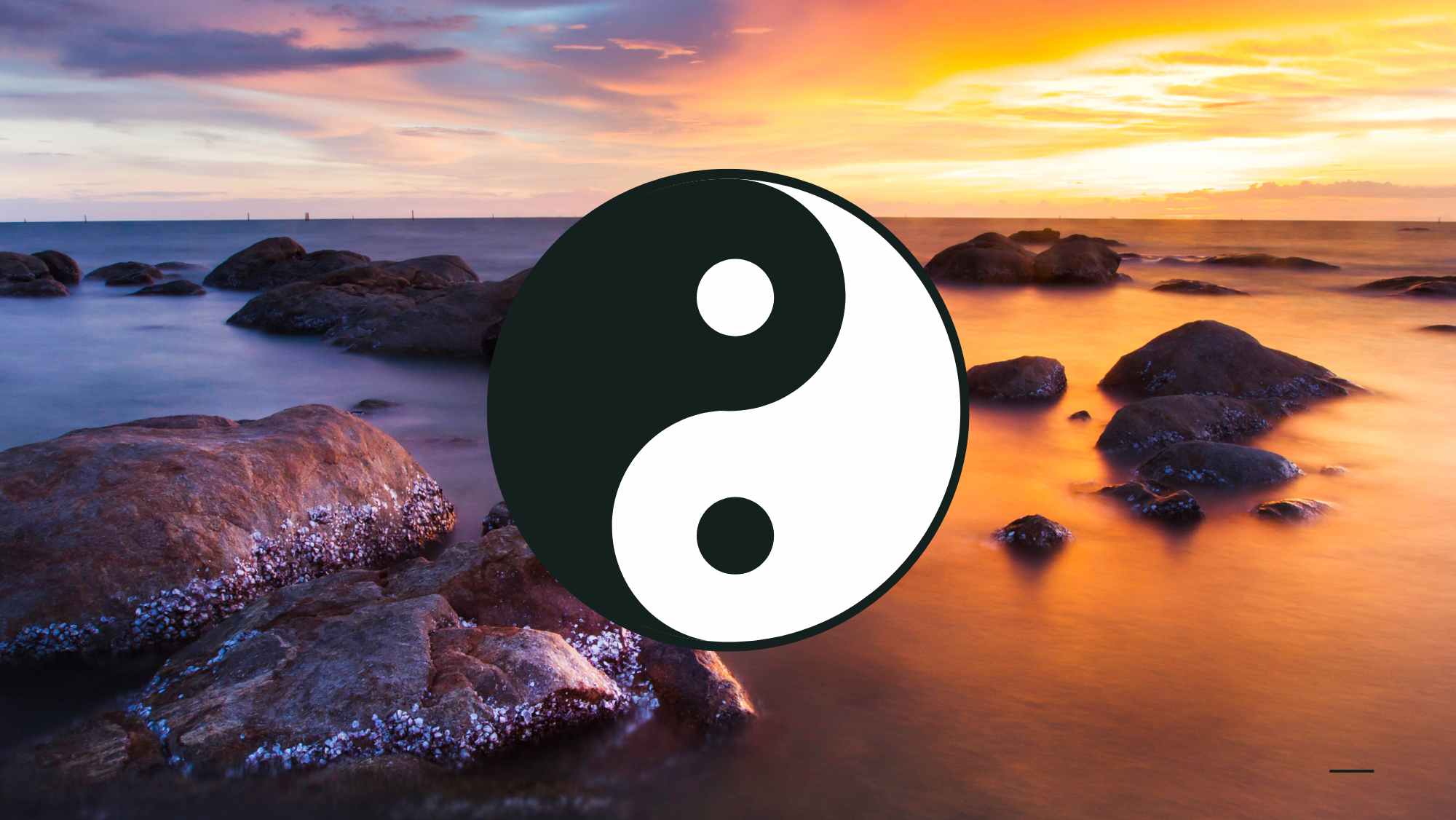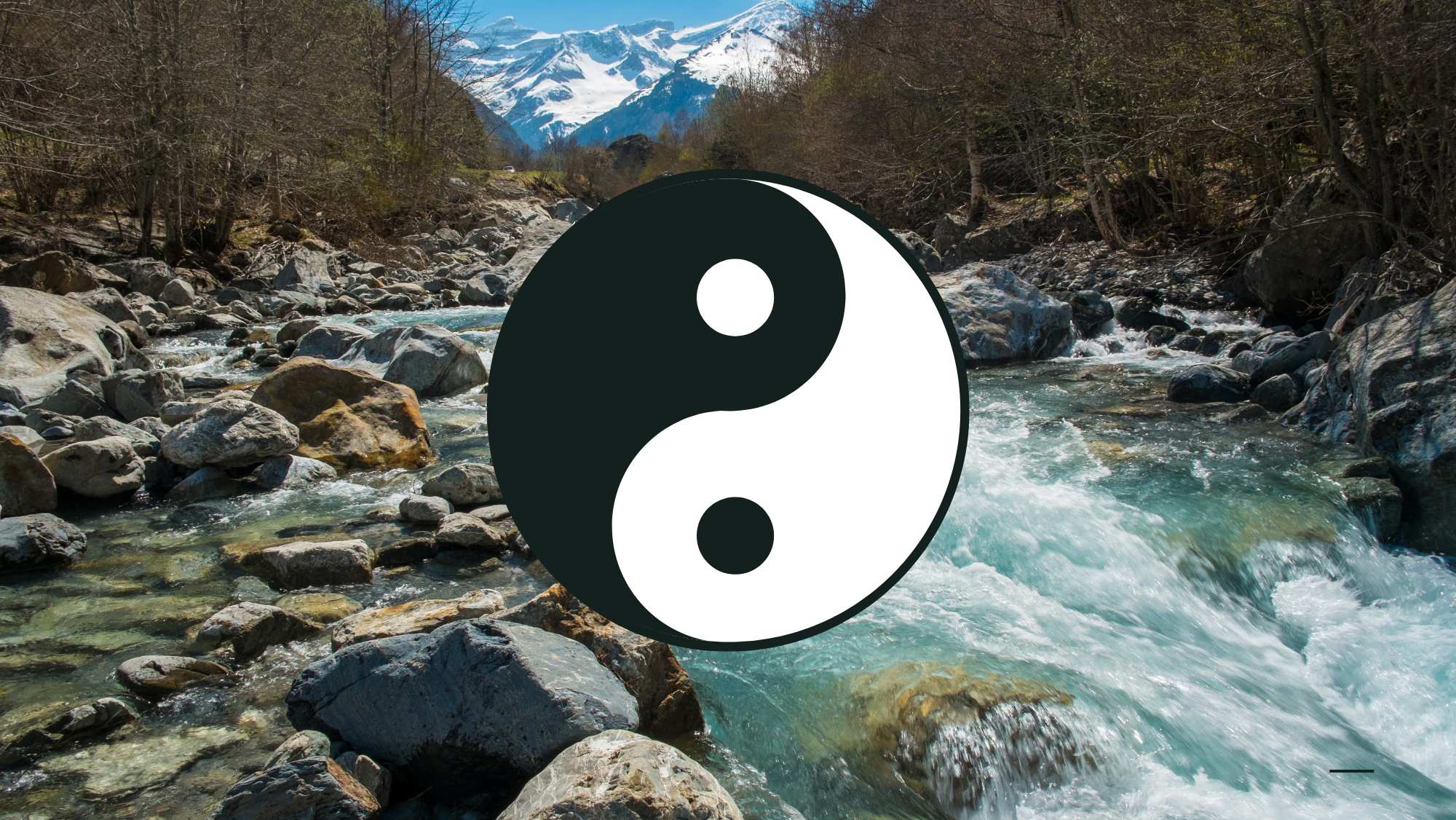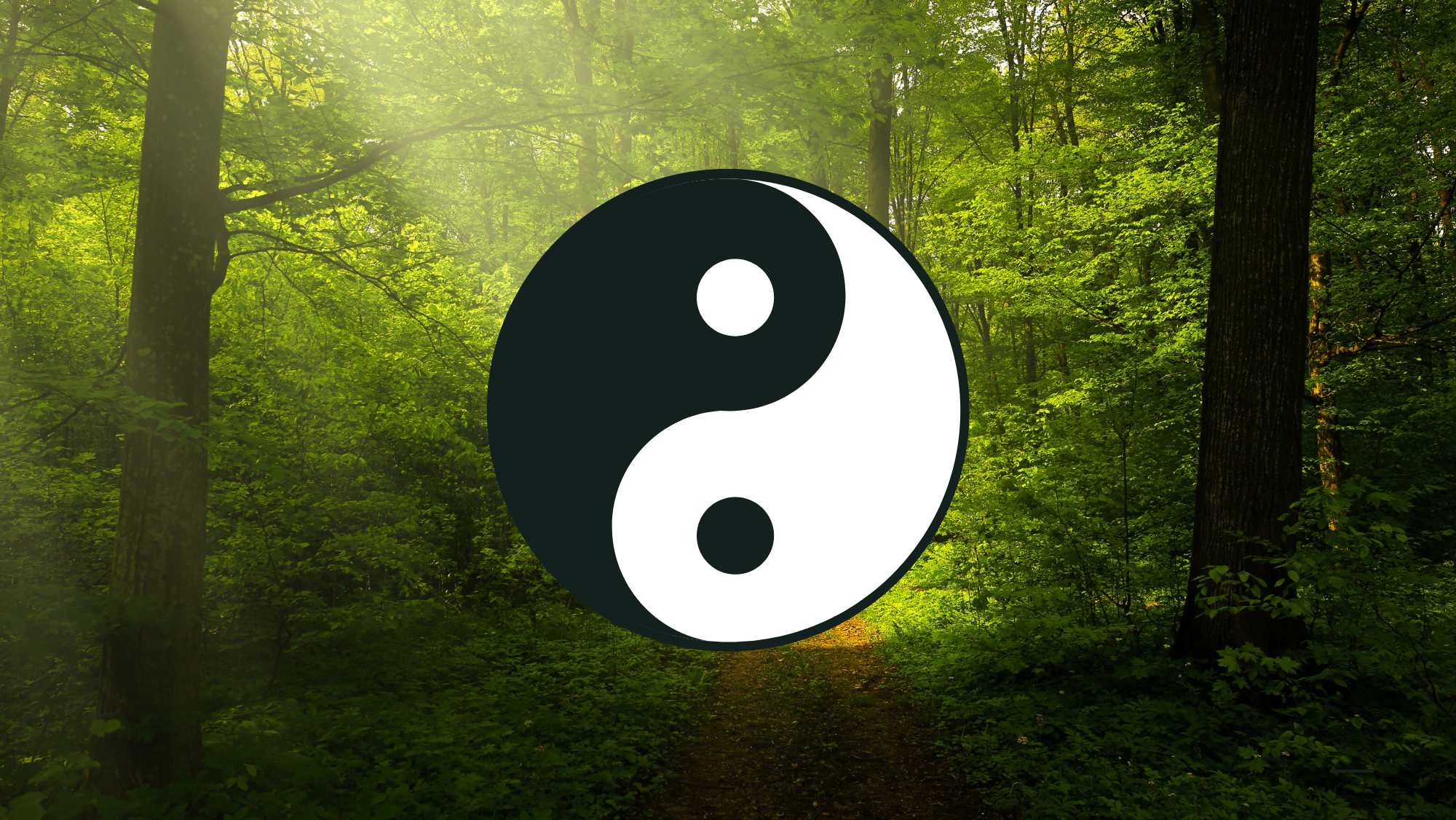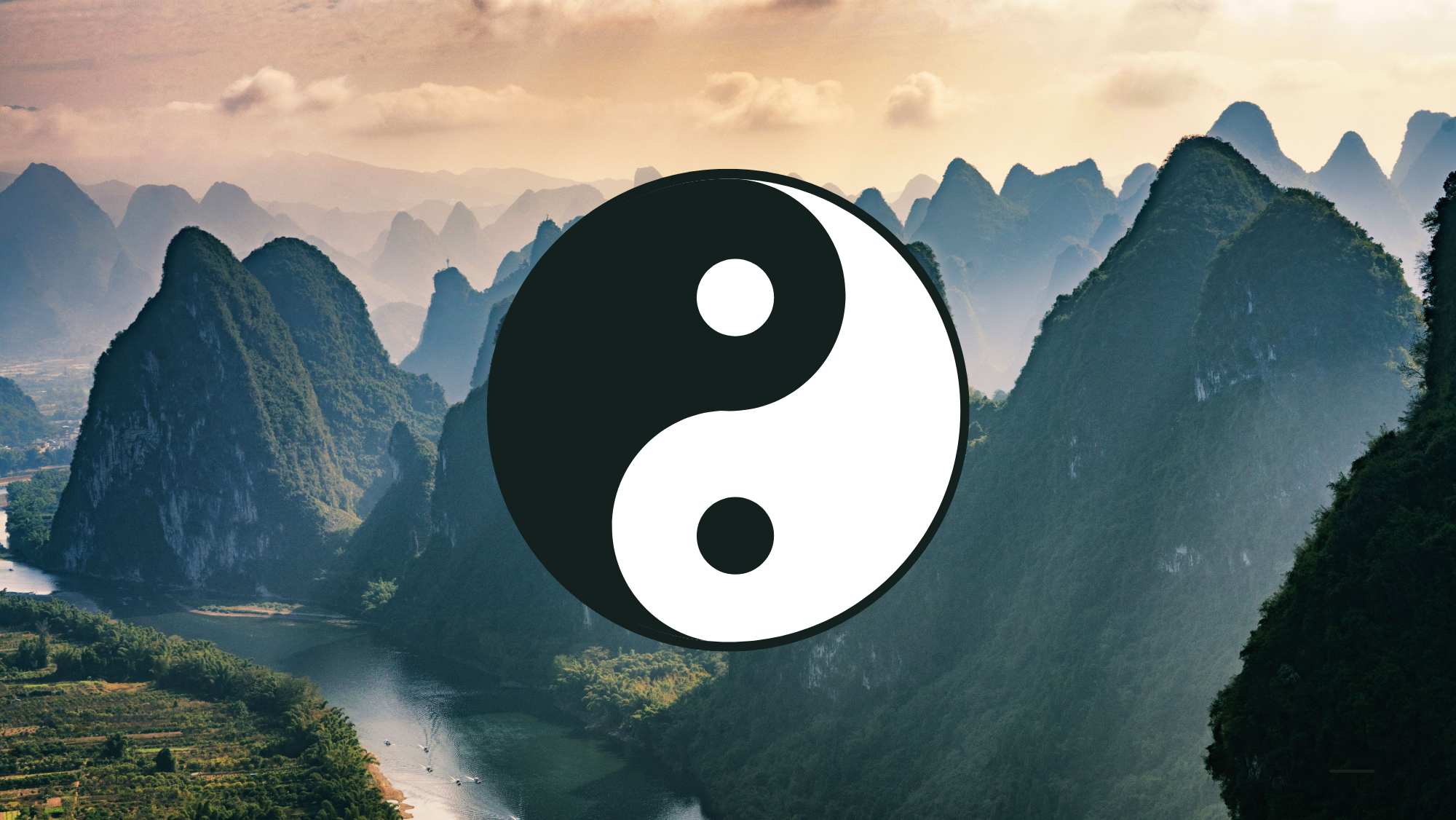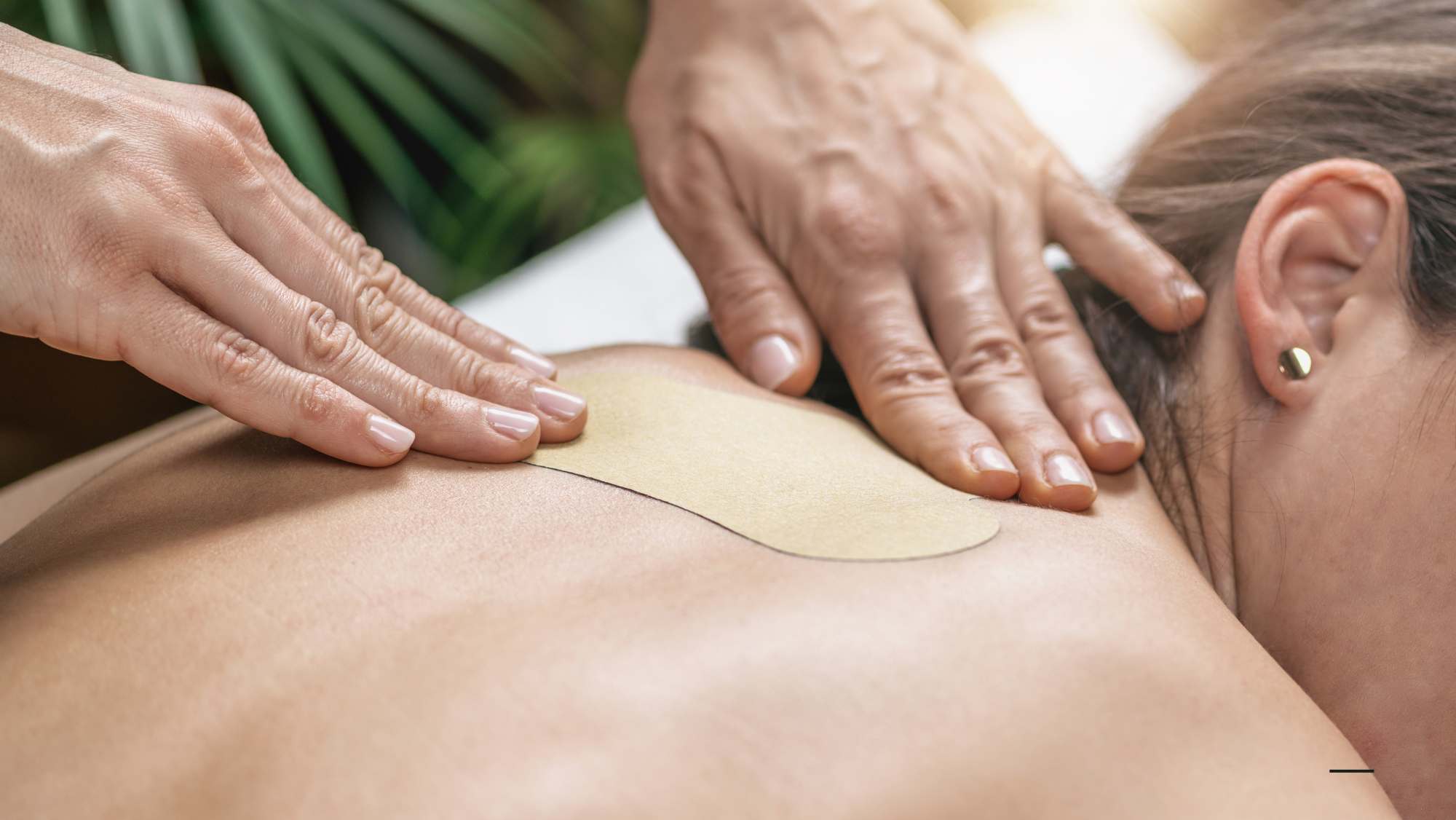The theoretical foundations of Eastern medicine are based upon substances known as The Three Treasures. Each treasure in Chinese Medicine has its own responsibility within the body, and two of the treasures are also considered vital substances.
Table of Contents
Qi
Qi (pronounced chee) is one of the body’s Vital Substances and it is also considered to be one of the Three Treasures. Qi can be defined literally as either air or breath, but in Eastern medicine, Qi is a person’s vitality. Therefore, the term “life force” is a better definition to describe the full concept of Qi. Prana, mana, and pneuma are all terms from other cultures to describe the concept of life force.
It moves through the body in lines of vital energy (a.k.a. Qi) called meridians which are like a system of streams, rivers, and oceans. Qi flows through the meridians to the organs and various parts of the body. The movement of blood through our system is the responsibility of Qi. There are different forms of Qi throughout the body that have different functions.
There are a few foundational points to understand about Qi.
- First, it is a vital substance. However, there are currently no scientific means with which to measure Qi, so an acupuncturist or Chinese herbalist are the professionals trained to measure and evaluate a person’s Qi.
- Secondly, the body requires an appropriate amount of Qi flowing smoothly through the channels.
- Lastly, the amount of Qi and the smooth flow of Qi can be influenced by diet, breathing, exercise, appropriately expressing emotions, etc. It is for this reason that many Eastern medical practitioners prescribe herbs, dietary changes, or exercise such as Qigong or Tai Chi.
Jing
Another treasure is Jing. It’s considered the essence of life and in some cases can be compared to genetic disposition. Jing is responsible for reproduction, development, growth, and a person’s constitution. Jing is a foundational component in the production of Qi and it also supports marrow production.
There are two forms of Jing: postnatal and prenatal.
- Postnatal Jing is the form of Jing a person builds through diet and exercise whereas prenatal Jing is the amount a person has when they are born.
- Prenatal Jing is what a person gains from both of their parents. In most people, prenatal Jing reduces gradually over a person’s life. However, some forms of disease or lifestyles can quickly deplete an individual’s prenatal Jing. One example of a lifestyle that would quickly deplete a person’s prenatal Jing is drug or alcohol abuse or addiction.
Postnatal Jing is built through proper breathing, diet, and exercise. Postnatal Jing helps to offset over-usage of prenatal Jing. Suppose an individual has premature graying as well as other symptoms implying Jing deficiency, so he or she decides to enter acupuncture treatment. Their practitioner may prescribe certain lifestyle changes and herbal supplements which the patient follows faithfully.
It is possible that within 12-24 months, the premature graying or other symptoms have either halted or improved. This is a best-case scenario, but it demonstrates how lifestyle changes, acupuncture, Chinese herbs, and other Eastern modalities can affect a patient’s growth and development.
There have been no documented cases of an excess of Jing. However, Jing deficiency affects a person’s growth and development. It will also impact their reproduction and cell regeneration. Jing deficiency appears either through genetic disposition or through harsh lifestyles.
Shen
Overall health is dependent upon the cultivation of The Three Treasures. Shen is possibly the most esoteric or etheric of these treasures, and it is most often translated as “spirit.” Other translations have included “mind” or “soul.” We will use the definition of “spirit” and evaluate the components and qualities of Shen.
Shen is composed of a person’s thoughts, consciousness, and emotions. It is also equated to the spiritual plane of an individual’s nature. In Eastern medicine, a patient’s spiritual health is just as important as their physical and mental health. The spirit is cultivated through ritual practices, Tai Chi, Qigong, meditation, and other techniques that nourish one’s spirit.
When the Shen is light and happy, it shines and glitters. The place Shen is most easily noticed is in a person’s eyes. One place that is often used to teach new practitioners about Shen is newborn babies.
Happy newborn babies exhibit a glowing in their eyes that far outweighs that of an adult. This is their Shen – clear, uncluttered, unscattered, and unencumbered by the challenges, patterns, and stresses of human life. The eyes of newborns are a true look into the human spirit.
Health In Balance
Eastern medicine revolves around The Three Treasures: Qi, Jing, and Shen. These treasures handle different aspects of our body and mind. Through practices like acupuncture and herbal remedies, Eastern medicine aims to balance these treasures for a healthier life. Just like a newborn’s eyes shine with pure Shen, we too can nurture our inner treasures for a better, more balanced life.
